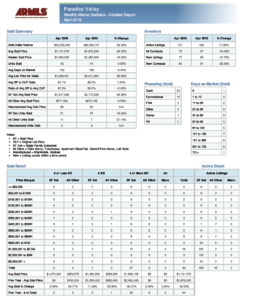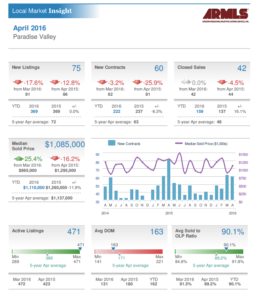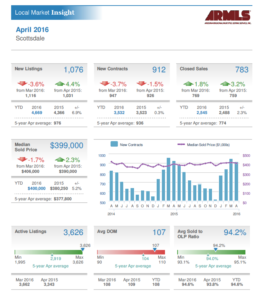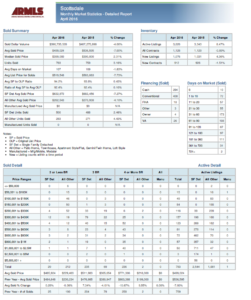 By Joe Szabo, Scottsdale Real Estate Team
Summer is our favorite time of the year to work with clients. Whether we’re curating an outdoor kitchen or styling a beautiful new deck, something about the warm weather makes us want to blur the lines between the indoors and outdoors with thoughtful design and fashion-forward functionality.
Here are some of our favorite ways to create an inspirational outdoor space this season.
By Joe Szabo, Scottsdale Real Estate Team
Summer is our favorite time of the year to work with clients. Whether we’re curating an outdoor kitchen or styling a beautiful new deck, something about the warm weather makes us want to blur the lines between the indoors and outdoors with thoughtful design and fashion-forward functionality.
Here are some of our favorite ways to create an inspirational outdoor space this season.
3 Favorite Outdoor Spaces for Summer Fun By Joe Szabo, Scottsdale Real Estate Team
 By Joe Szabo, Scottsdale Real Estate Team
Summer is our favorite time of the year to work with clients. Whether we’re curating an outdoor kitchen or styling a beautiful new deck, something about the warm weather makes us want to blur the lines between the indoors and outdoors with thoughtful design and fashion-forward functionality.
Here are some of our favorite ways to create an inspirational outdoor space this season.
By Joe Szabo, Scottsdale Real Estate Team
Summer is our favorite time of the year to work with clients. Whether we’re curating an outdoor kitchen or styling a beautiful new deck, something about the warm weather makes us want to blur the lines between the indoors and outdoors with thoughtful design and fashion-forward functionality.
Here are some of our favorite ways to create an inspirational outdoor space this season.

 By
By  By
By  By
By  By
By 
 Considering a purchasing or selling a property in Paradise Valley? Call Joe and Linda Szabo – The Real Estate Experts!
We hope that you enjoy reading and analyzing the Paradise Valley Luxury Home Report and should you have any questions or comments, please feel free to Contact Joe Szabo at 480.688.2020 or email him directly at
Considering a purchasing or selling a property in Paradise Valley? Call Joe and Linda Szabo – The Real Estate Experts!
We hope that you enjoy reading and analyzing the Paradise Valley Luxury Home Report and should you have any questions or comments, please feel free to Contact Joe Szabo at 480.688.2020 or email him directly at 
 Considering a purchasing or selling a property in Scottsdale? Call Joe and Linda Szabo – The Scottsdale Real Estate Experts!
We hope that you enjoy reading and analyzing the Scottsdale Luxury Home Report and should you have any questions or comments, please feel free to Contact Joe Szabo at 480.688.2020 or email him directly at Joe@ScottsdaleRealEstateTeam.com. You can also visit https://scottsdalerealestateteam.com to find out more about Scottsdale Homes for Sale and Estates for Sale in Scottsdale and to search the Scottsdale MLS for Scottsdale Home Listings.
Please note that this Scottsdale Real Estate Blog is for informational purposes and not intended to take the place of a licensed Scottsdale Real Estate Agent. The Szabo Group offers first class real estate services to clients in the Scottsdale Greater Phoenix Metropolitan Area in the buying and selling of Luxury homes in Arizona. Award winning Realtors and Re/MAX top producers and best real estate agent for Luxury Homes in Scottsdale, The Szabo group delivers experience, knowledge, dedication and proven results.
Considering a purchasing or selling a property in Scottsdale? Call Joe and Linda Szabo – The Scottsdale Real Estate Experts!
We hope that you enjoy reading and analyzing the Scottsdale Luxury Home Report and should you have any questions or comments, please feel free to Contact Joe Szabo at 480.688.2020 or email him directly at Joe@ScottsdaleRealEstateTeam.com. You can also visit https://scottsdalerealestateteam.com to find out more about Scottsdale Homes for Sale and Estates for Sale in Scottsdale and to search the Scottsdale MLS for Scottsdale Home Listings.
Please note that this Scottsdale Real Estate Blog is for informational purposes and not intended to take the place of a licensed Scottsdale Real Estate Agent. The Szabo Group offers first class real estate services to clients in the Scottsdale Greater Phoenix Metropolitan Area in the buying and selling of Luxury homes in Arizona. Award winning Realtors and Re/MAX top producers and best real estate agent for Luxury Homes in Scottsdale, The Szabo group delivers experience, knowledge, dedication and proven results. By
By 



